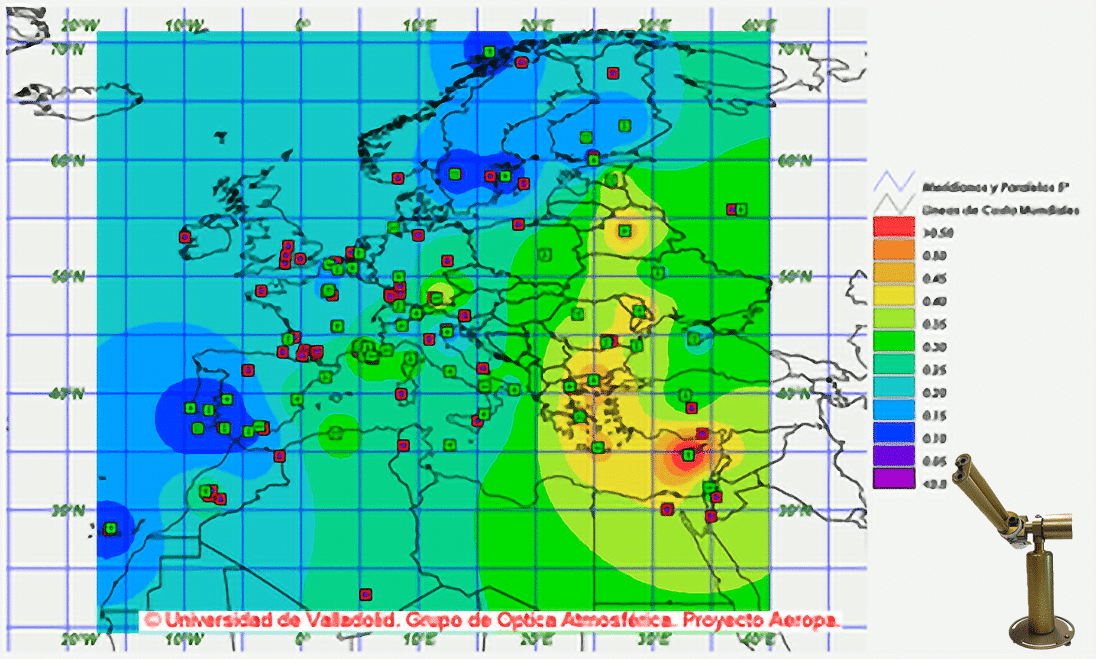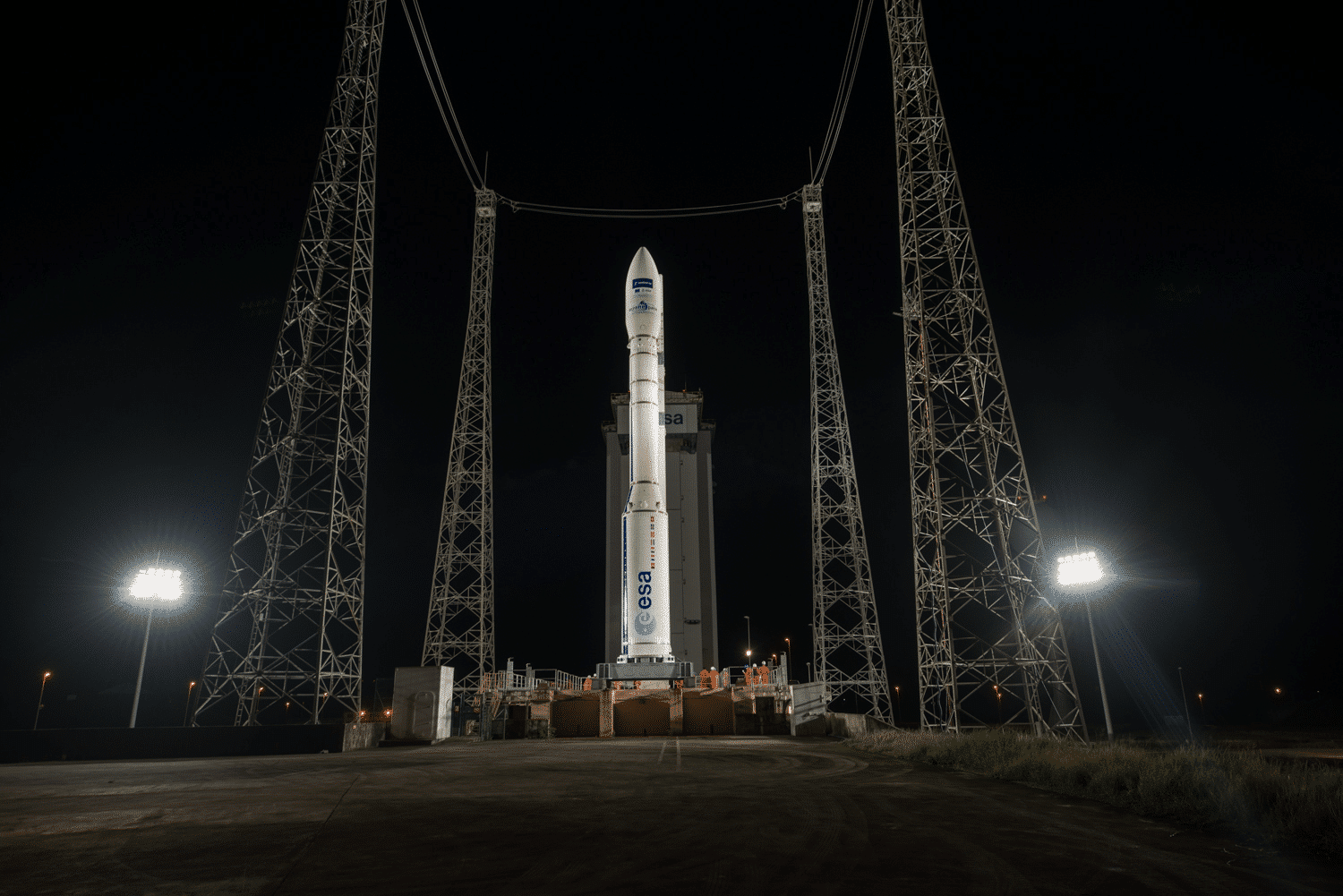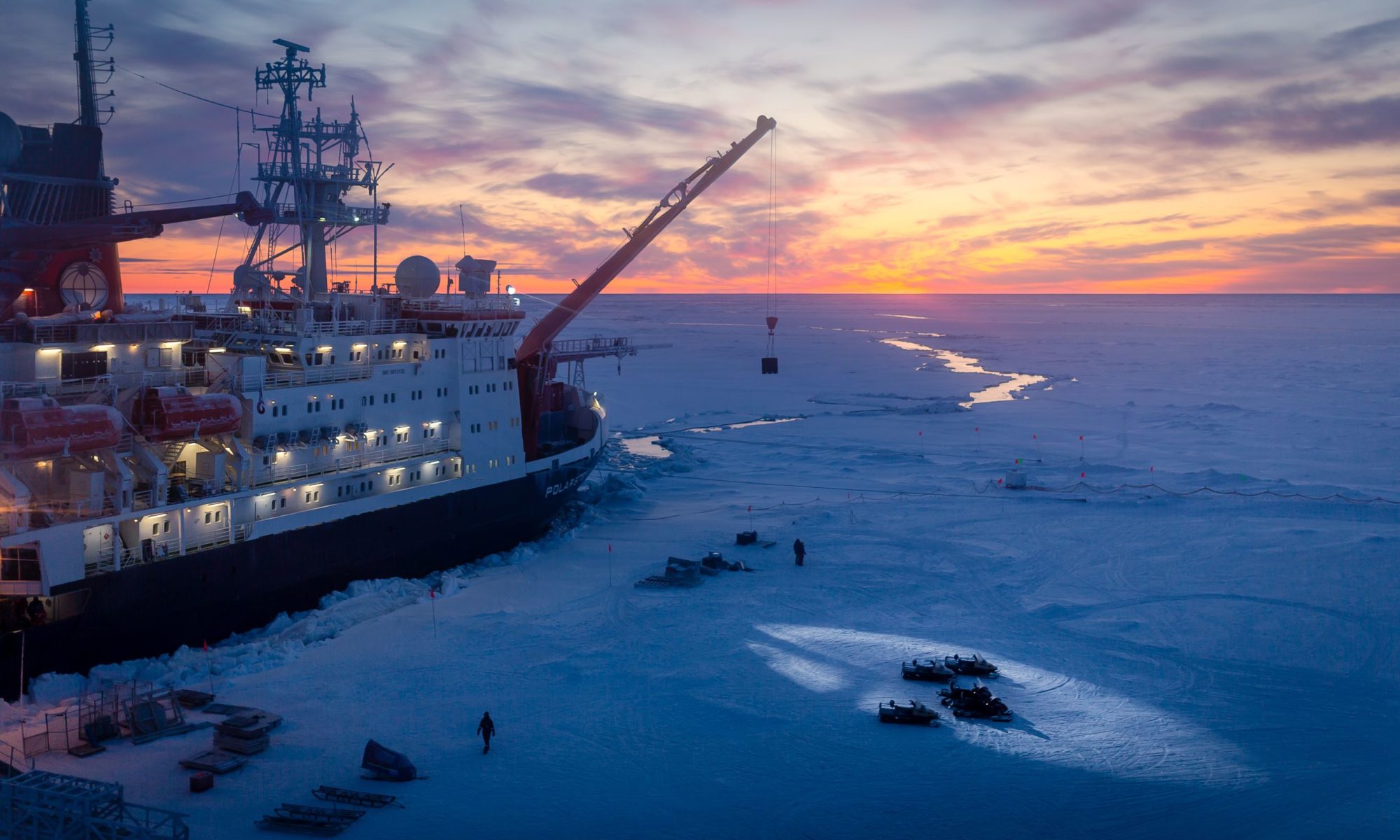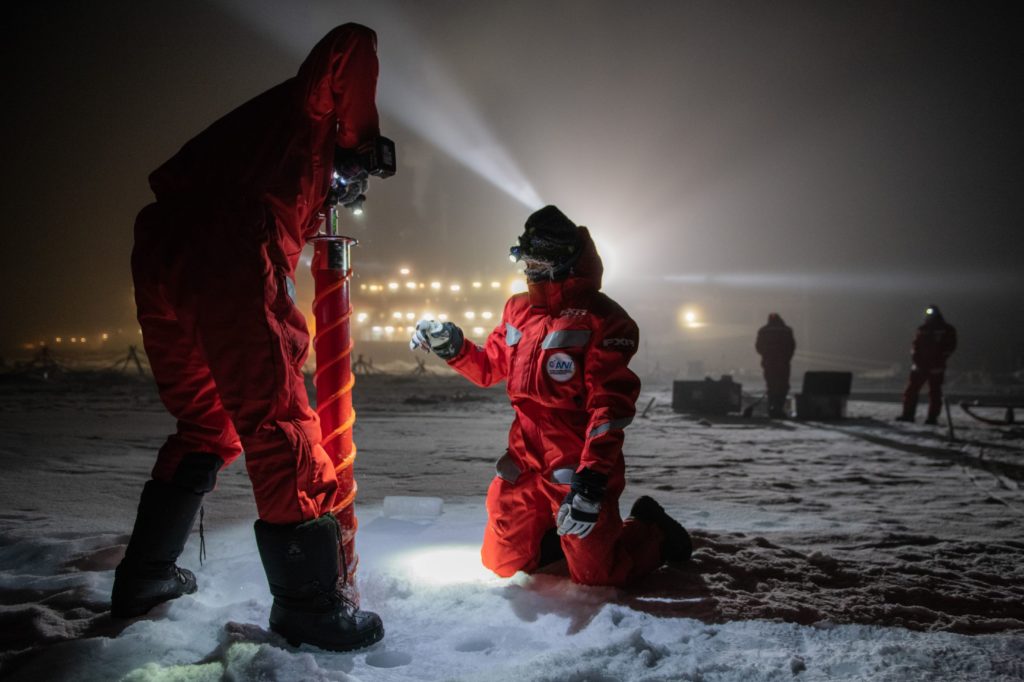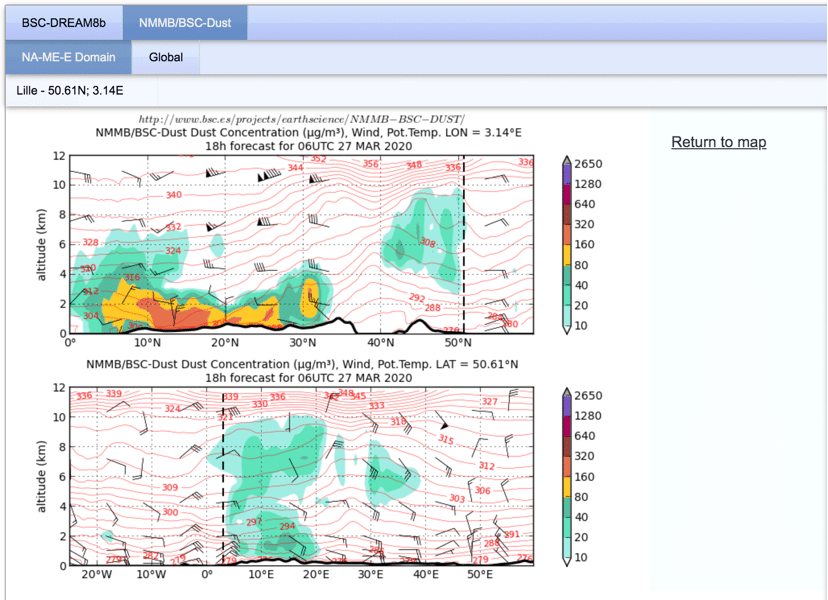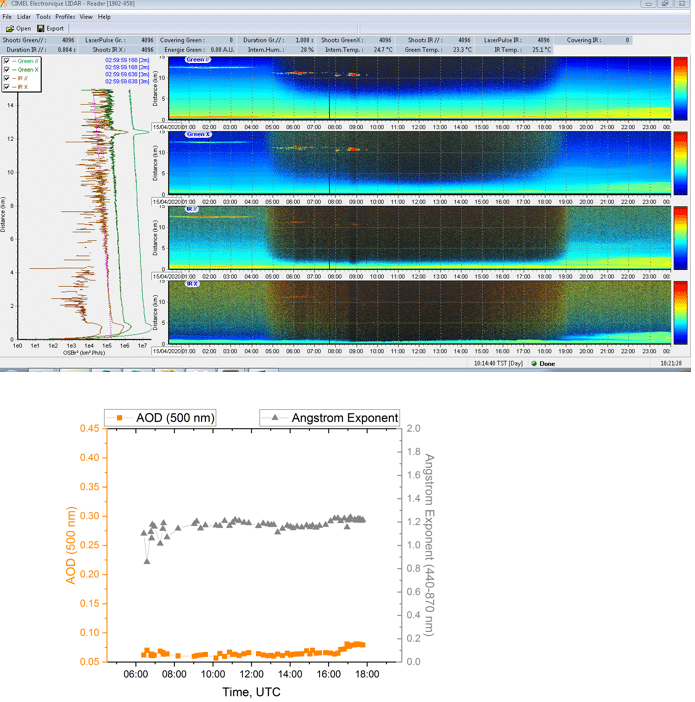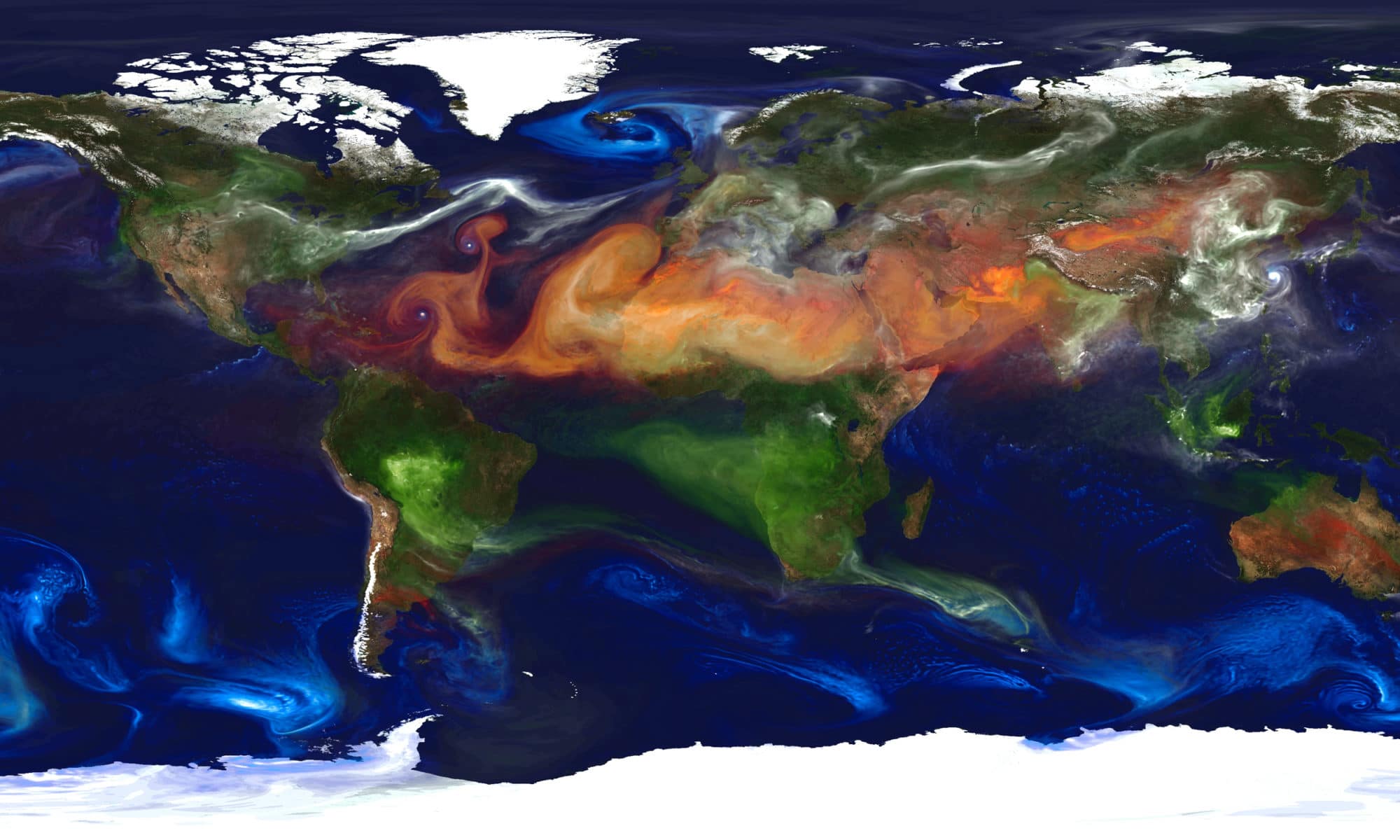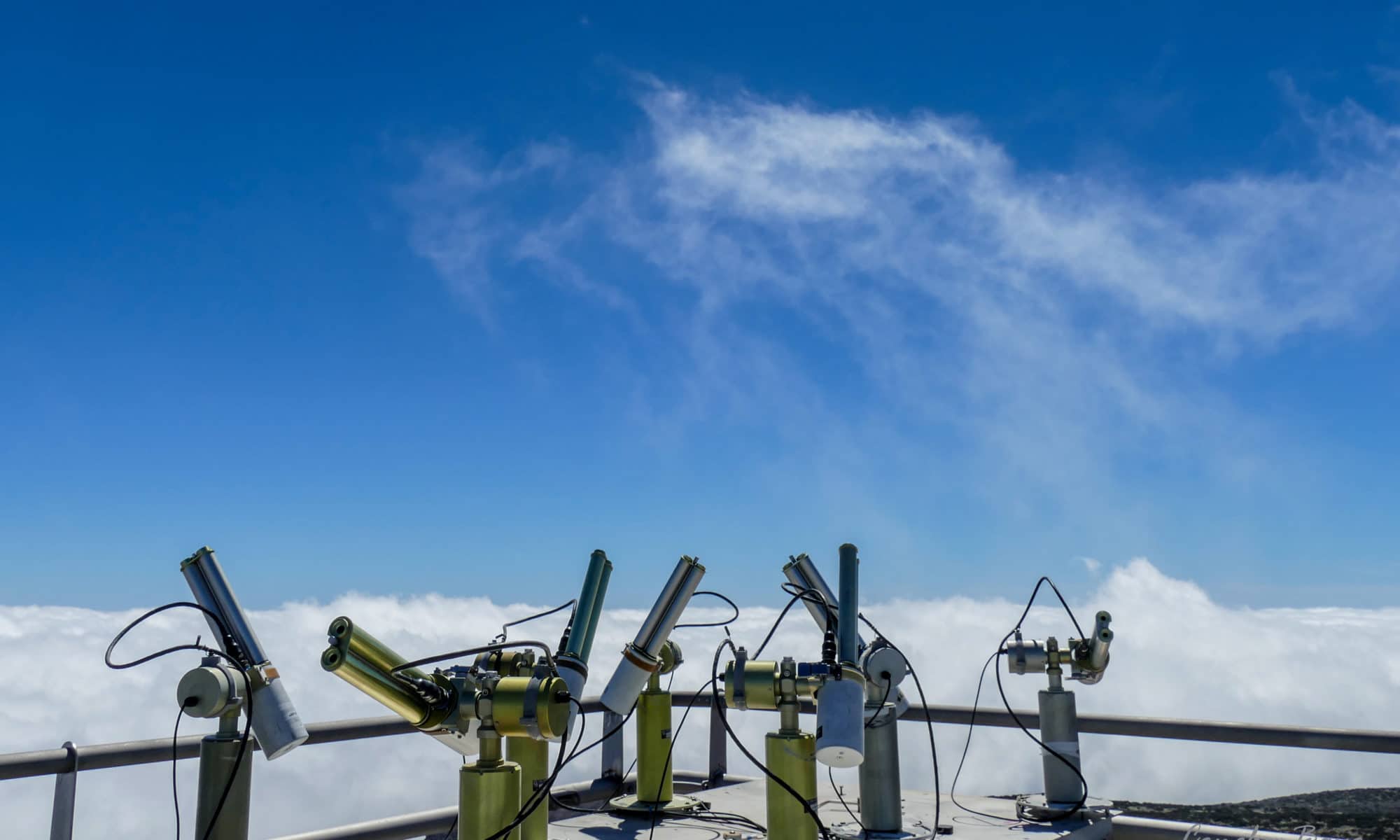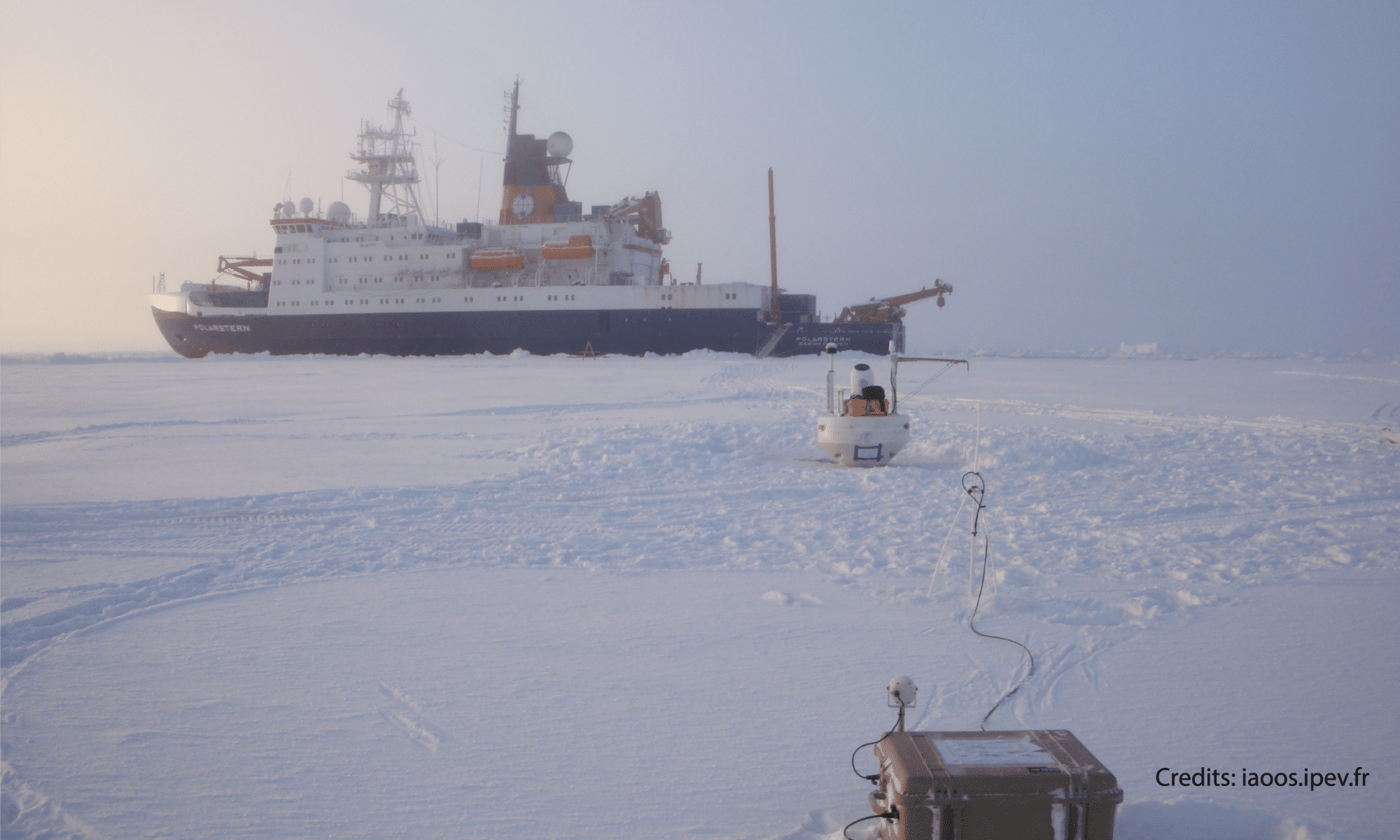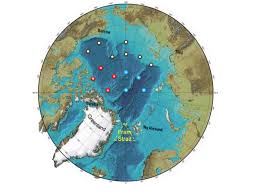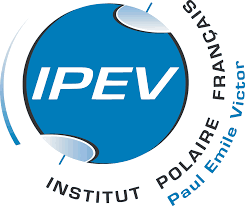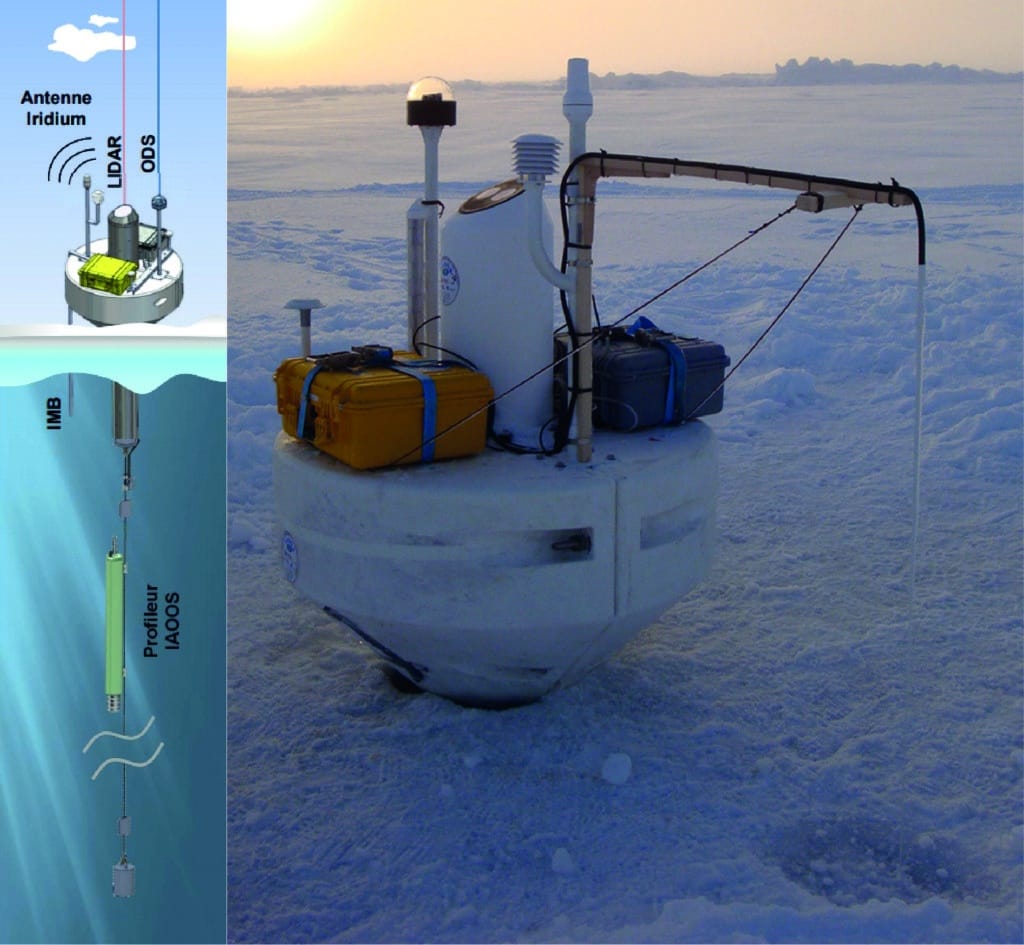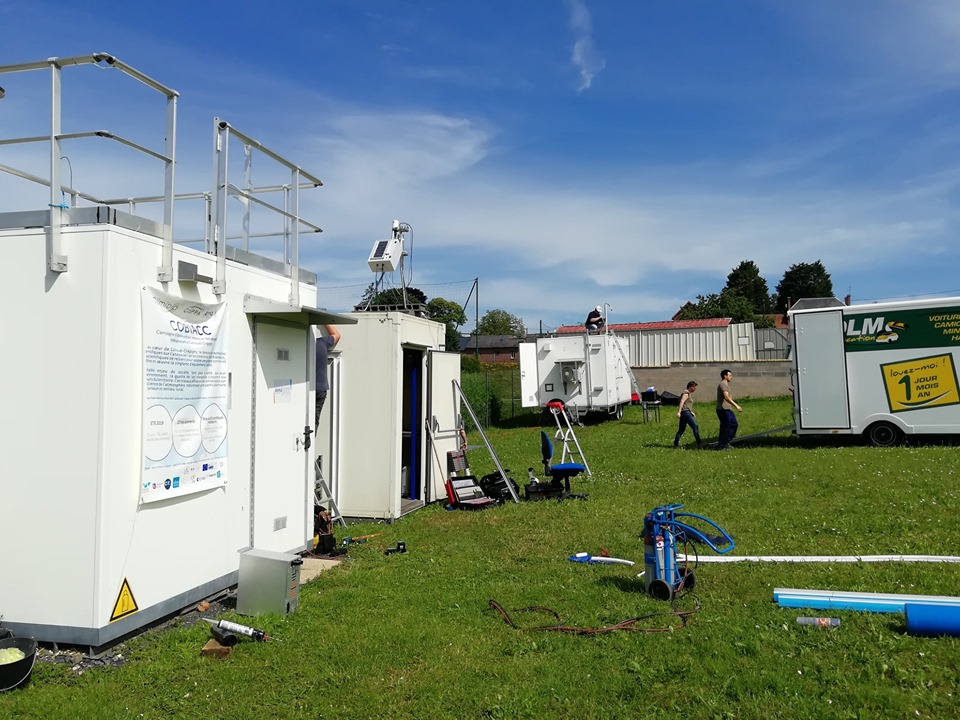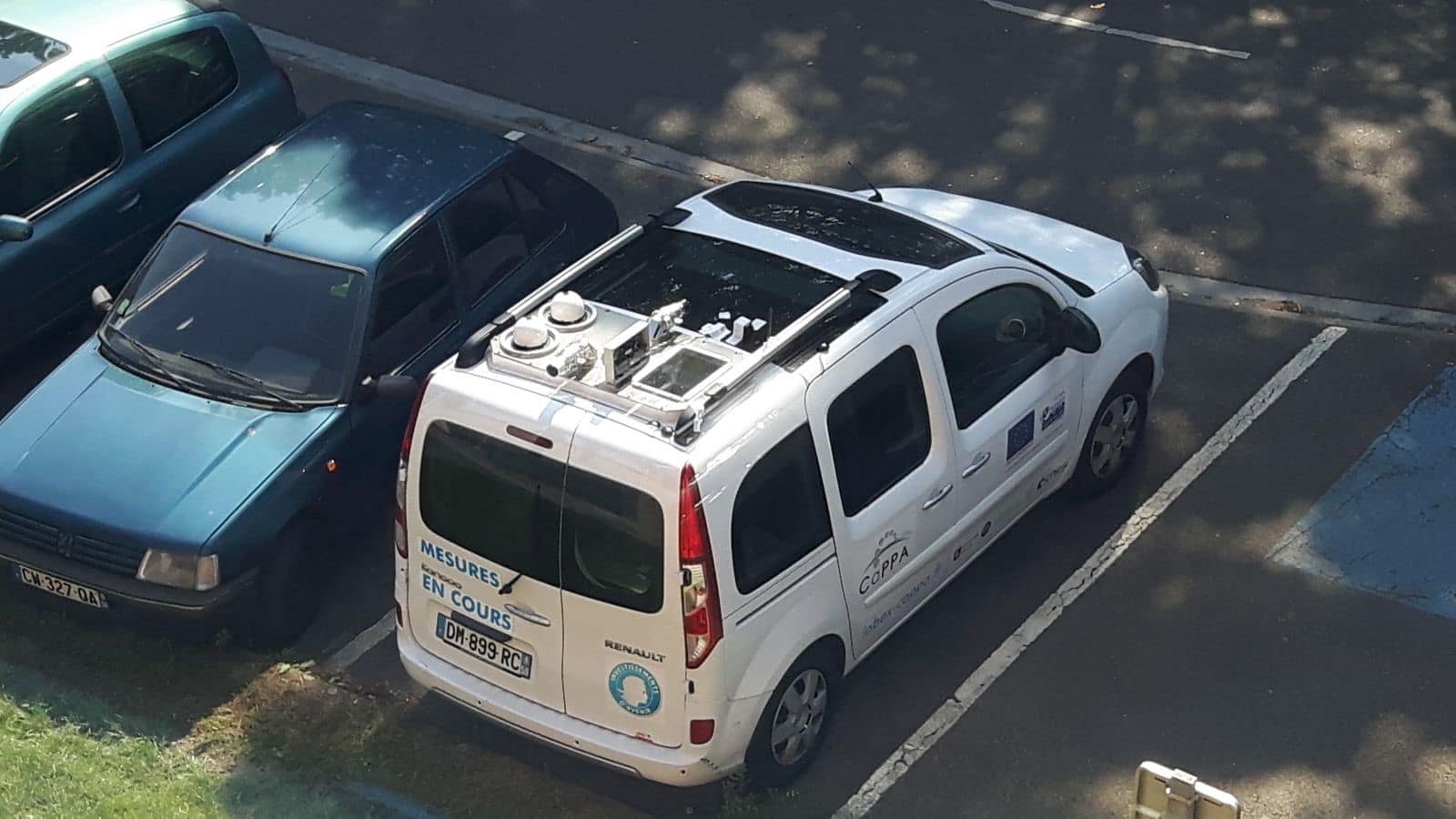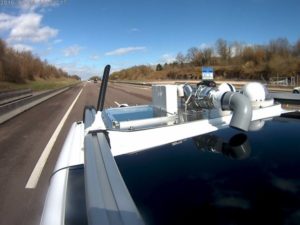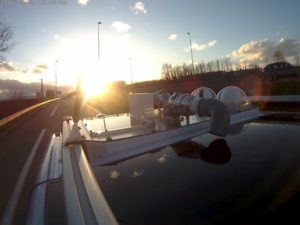RIMA NASA-AERONET network: Long-term monitoring of aerosol properties
RIMA (Red Ibérica de Medida fotométrica de Aerosoles) is a scientific network for the long-term monitoring of columnar aerosol properties based on sun-photometer measurements. RIMA is federated to AERONET (AErosol RObotic NETwork), a NASA program in collaboration with the University of Lille (LOA). According to the AERONET aims, the scientific objectives of RIMA involve the characterization of aerosols for climate studies, the validation of satellite products and the synergies with other measurements and data correlation.
RIMA follows all AERONET protocols (calibration, measurements, data policy, etc.) and its sites and data are available through the AERONET web site. The key task of calibration and the network management are carried out by the Group of Atmospheric Optics of the University of Valladolid (GOA-UVa) and master instruments are calibrated at the high-mountain facility CIAI (Izaña Atmospheric Research Center, AEMET) in collaboration with PHOTONS and CIAI-AEMET. Large support is obtained from the AERONET (NASA) and PHOTONS (University of Lille). The calibration facility used by CIMEL for photometers in Izaña is important thanks to its pure sky and its absolute zero which allows a perfect calibration of those solutions since 2006.
A software named Caelis was recently developed by GOA as a service to the RIMA community with the aim to facilitate the network management and the control of the site instruments and measurements. This tool relies on a powerful relational data base which represents a great potential for the scientific work as well.
Keywords: Aerosols, AERONET, Calibration, Sun/Sky/Lunar Multispectral Photometer, Earth observation, Atmospheric monitoring, Satellite CAL/VAL
Acronyms :
- CIAI: Centro de Investigación Atmosférica de Izaña
- GOA-Uva: Grupo de Optica Atmosférica – Universidad de Valladolid
- LOA: Laboratoire d’Optique Atmosphérique
Citation : Toledano, C. & Cachorro, Victoria & Berjón, Alberto & Frutos Baraja, A. & Fuertes, David & González, R. & Torres, Benjamin & Rodrigo, R. & Bennouna, Yasmine & Martín, L. & Guirado-Fuentes, Carmen. (2011). RIMA-AERONET network: Long-term monitoring of aerosol properties. Optica Pura y Aplicada. 44. 629-633.

